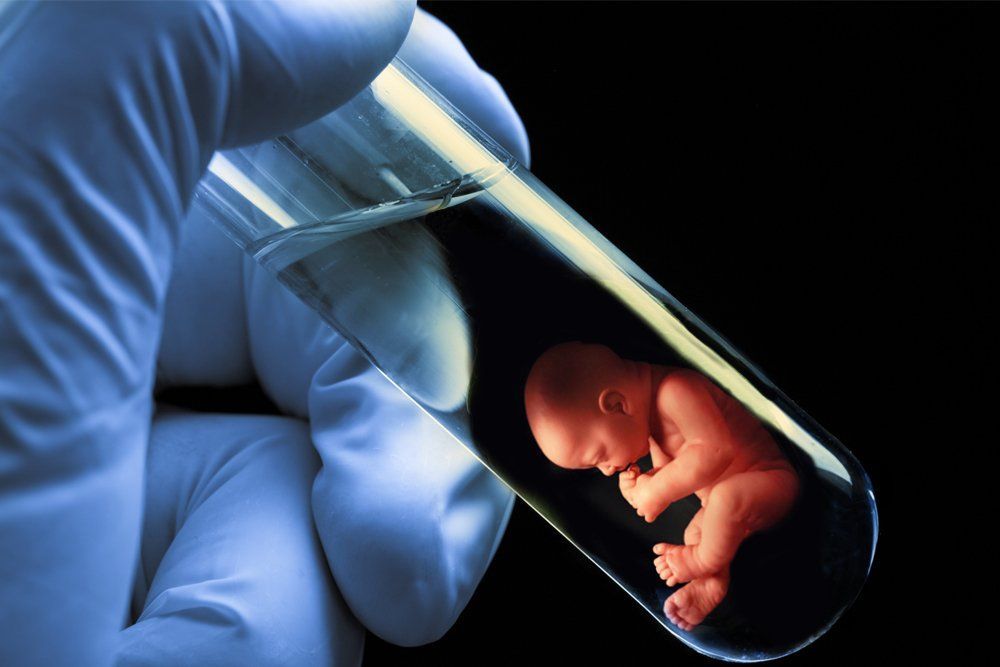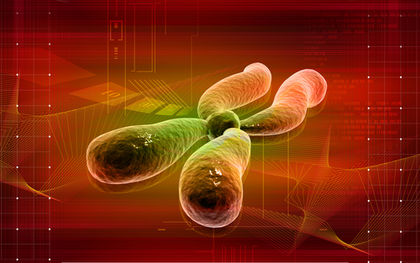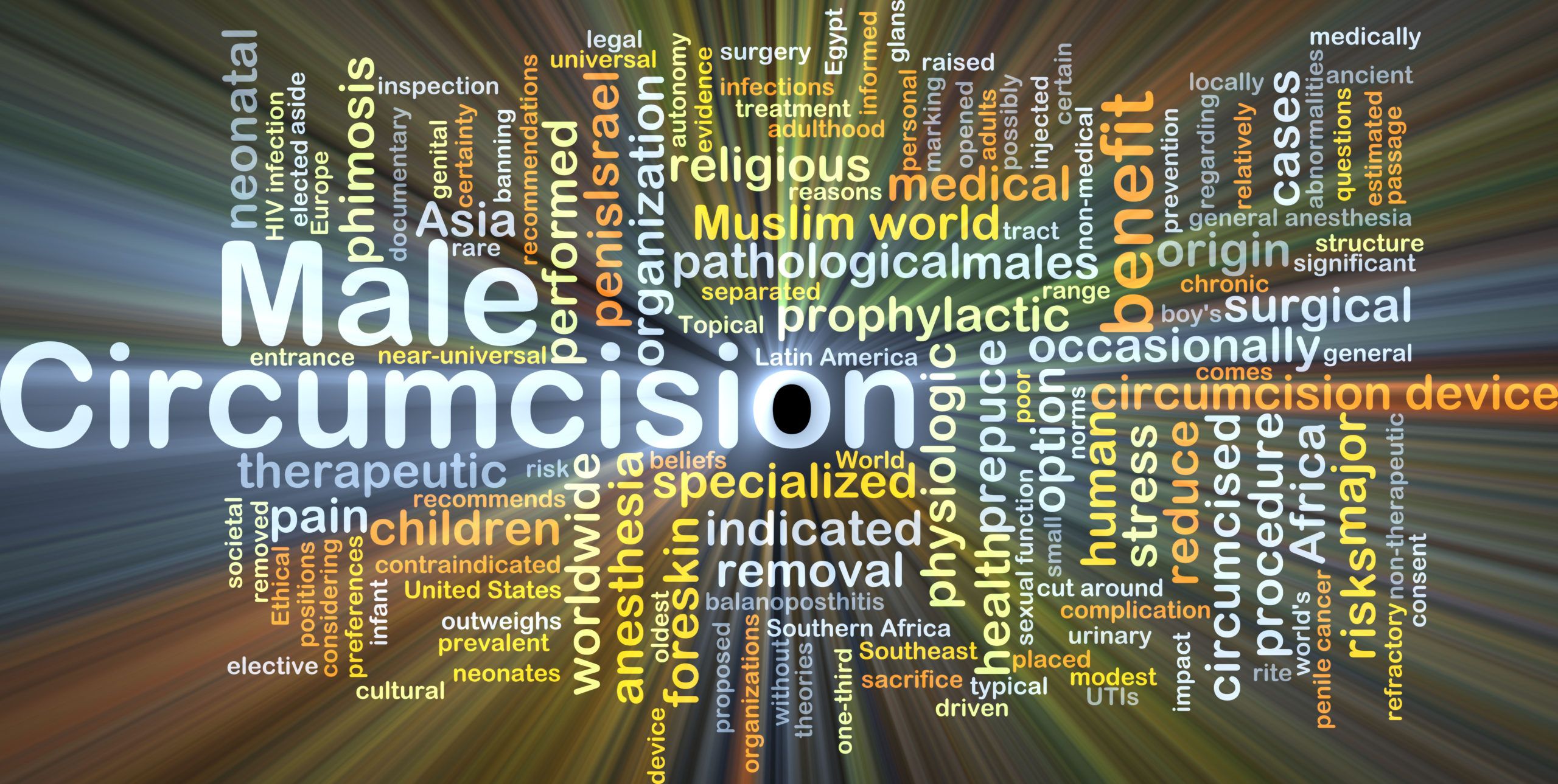Postnatal healthcare recommendations for new moms and newborn babies:

Postnatal healthcare (PNHC) describes the healthcare assistance administered to both mother and her new born just between child birth and about 6 weeks of the baby’s life.
The past nine months have been incredible for you thanks to antenatal care and now the moment you have waiting for is finally here. A new phase begins called the postnatal period or postpartum, this period marks the beginning of a new healthcare journey for you and your new born. While antenatal care can continue for months before birth, postnatal care may last for a few weeks after birth
Postnatal healthcare aims to maintain to maintain the physical and psychological health of both mother and child by inspecting and recognizing any irregularities with regards to after birth recovery then evaluating and initiating therapeutic actions when required
Asides period of pregnancy, the postpartum period is a critical phase for both mother and child as most infant mortality occur within this period hence a great deal of healthcare precaution is to be taken in cognizance to the foreseen health risk factors.
The world health organization has since developed health guidelines based on available evidence from conducted research in the past few years and this guideline take into consideration the time, place and content of postnatal healthcare for mothers and newborn within the first 6 weeks after child birth.

Unlike developed countries where health facilities and health professionals are adequately equipped, the (WHO) guidelines are mostly tailored to health professionals who are authorized to provide postnatal services to women and newborns in communities where healthcare resources are inadequate.
These guidelines also play an important role in policy making and proper management of health clinics, child health schemes and learning institutions to establish and organize maternity care services
Postnatal healthcare is mostly directed to the newborn baby and less attention is paid to the mother unless for cases related to maternal complications. The regular postnatal healthcare services for newborn includes vaccination, weight monitoring and head circumference monitoring.
Postnatal nutrition
Ideally both mom and newborn need a balanced intake of variety of healthy foods and since new born babies need breast milk for about 6 months before they begin feeding from other food sources.
it is relatively important for new moms to consume foods rich in carbohydrate, protein, vitamins/minerals as it affects the quality of breast milk produced and also goes a long way to help you recover quickly from pregnancy hence, adequate nourishment for yourself and her newborn baby

Why postnatal healthcare?
The first 6 weeks after birth is a delicate period for both mother and child as they need all the care they can get from, postnatal counselling, nutrition, medication to hygiene tips. At this stage the baby’s immunity to disease is very weak and will need several types of vaccination to stand a chance to survive, the world health organization reports that most child mortality occurs during this crucial period.
Ideally postnatal care is best administered at the health clinic, however in cases where mobility is a concern it is recommended to book regular visits from a healthcare practitioner
Unhealthy signs in newborn babies
Difficulty in breathing, fever, feels cold, bleeding, lack of appetite to feed, yellow palms and soles of feet and diarrhoea.
Unhealthy postpartum signs in women
Fits, fast or difficult breathing, increase in vaginal bleeding, fever, excess fatigue, severe headaches with blurred vision, severe depression, and increased pain or infection in the perineum
Although this signs do not occur regularly in mothers and newborn babies, precautionary measures must be taken to avoid its occurrence. In case of an irregular situation as listed above, mothers or care givers should seek help from a professional health practitioner at the clinic as soon as possible















